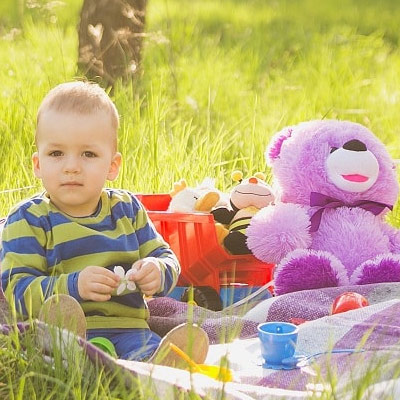There are the friends we choose and the friends that are chosen for us. Sometimes relationships aren’t quite so simple as we’d like. Middle school is a hornet’s nest of new feelings, experiences, and social hierarchies. Jill may be friends with Julie because they like each other and have similar interests. But maybe Jill isn’t so fond of Julie’s BFF Jillian. Jill and Jillian still have to find a way to get along “or at least coexist peacefully“ if they are both going to be in Julie’s sphere of friendship.
Or maybe Blake and Billy are next door neighbors. They are in different classes and don’t travel in the same social circles at school. But they carpool to and from school every day and their respective sisters are dear friends. Their parents get together to play bridge once a week. Blake and Billy don’t have to be the best of friends but they do have to spend time together so they’d best learn to make the most of it.
That secondary level of friendship can be difficult for tweens to grasp and execute. Middle school is the first time that labels become important to most children. Like the kids from The Breakfast Club, middle schoolers start to define themselves by their social circles. The brain, the athlete, the basket case, the princess, and the criminal may be extreme examples, but the truth is that tweens do see themselves as a representative of their peer group. The jock will not want to hang out with the nerd unless he learns to break through the confines of social cliques and embrace his neighbor as an individual.
Sometimes the problem is less about social circles and more of a straightforward issue of incompatibility. You can’t make Blake and Billy like each other. No matter how hard you try or how much you want the neighbors to be friends, you just can’t force friendship. If they have no common interests and wildly different personalities, the best you can hope for is peaceful coexistence. That may involve a considerable amount of coaching on your part.
Your tween needs to understand that there are times when you have to spend a considerable amount of time with someone that you don’t particularly enjoy. Explain to him that he has two choices. He can spend that time being bitter or complaining or openly mocking the other person. That choice leads to hurt feelings and uncomfortable interaction. Or he can choose to make the most of it and find some commonality to embrace. The latter option may not make them friends, but it will make the time they spend together more pleasant for everyone involved.
This is the time to teach your child this valuable lesson. Middle school is the perfect breeding ground for exactly this type of conflict. Teach your child now so that he or she will be able to tolerate and accept others as adults. You’ll not only help your child adapt to tween life but you’ll be making the world a better place.











